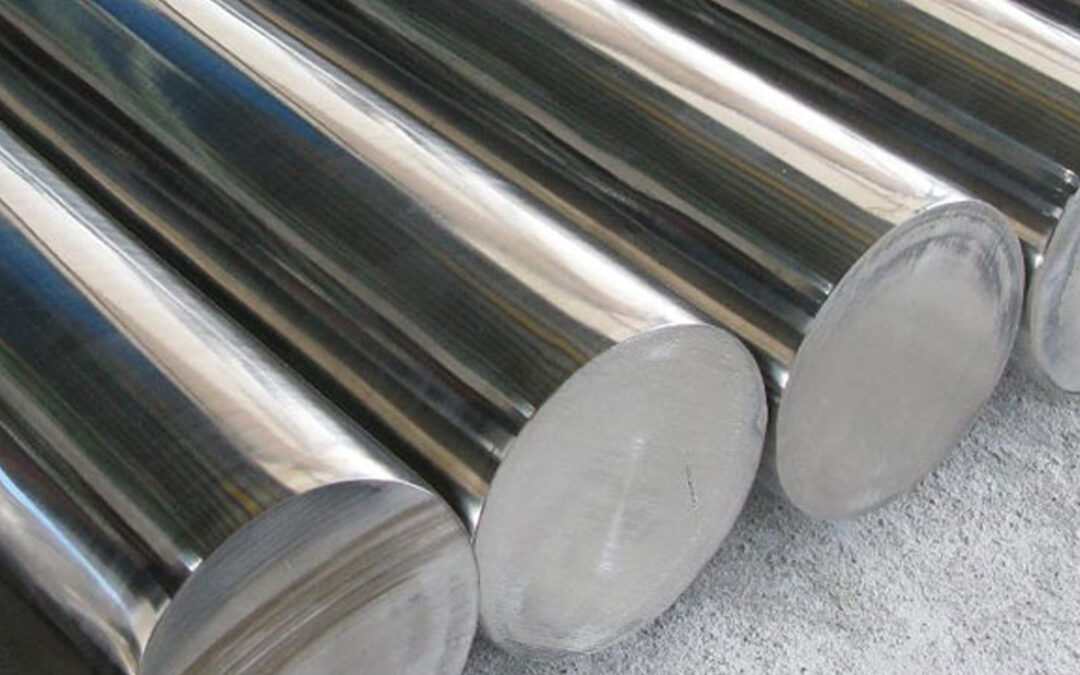Duplex Steel barware authenticates ferritic steels with a two-phase microstructure. The relative quantities of ferrite and austenite-forming components in duplex stainless steel govern its mechanical properties. Aside from iron, the principal alloying elements of the most prevalent 2205 grade (2.5-3.5%) include chromium (21-23%), nickel (4.5-6.5%), and molybdenum (4.5-6.5%). Stainless steel is preferred because it is more resistant to corrosion. The composition of the various alloying components is altered to produce variants. The most common forms of stainless steel are austenitic, ferritic, martensitic, duplex, and precipitation hardened. This page will explain the history, classification, properties, and applications of Duplex Stainless Steel.
Duplex stainless steel was first developed in the 1930s, but due to production constraints, maintaining chemistry was difficult at the time. Regardless, it was used in a few applications. Manufacturing duplex stainless steel became feasible with technological improvements, particularly the introduction of deodorization in the 1960s. During this time, Duplex Steel 2205 Bar was introduced, which is regarded as the workhorse of duplex grades. In the 1980s, upgraded Super and Hyper Duplex classes were introduced. These new grades can survive the most corrosive environments. With the development of these upgraded Super and Hyper duplex grades, duplex stainless steel was introduced into the oil and gas sector.
Duplex Steel Bar’s Characteristics
Resistance to Corrosion
Duplex stainless steel grades have corrosion resistance that is equivalent to, if not superior to, that of true stainless steel grades. Its greater resistance to pitting and crevice corrosion is owing to a higher chromium concentration coupled with molybdenum. The Pitting Resistance Equivalent Number (PREEN) is used to rate grades based on pitting resistance. The greater the PREEN number, the less susceptible the material is to pitting corrosion.
Resistance to Stress Corrosion Cracking (SCC)
SCC is more susceptible to authenticated grades, whereas excellent grades are more resistant. Duplex steel bars outperform true stainless steels in terms of SCC resistance, but fall short of ferric stainless steels. SCC begins in the authenticate portion of duplex stainless steel grades but ends at the fantastic crystal structure seen at the boundary, avoiding crack growth and increasing uptime.
Mechanical Prowess
Duplex Steel bars have a higher mechanical strength than genuine and ferric steels. It allows for the use of thinner parts and promotes weight loss. Because of its higher mechanical strength, machining duplex stainless steel is more difficult and time-consuming than machining austerity
Welding
Welding is harder than austerity. To prevent the formation of undesired intermetallic phases, precise control over heat input and cooling rate is required.
Duplex steel bar has the following advantages over its austenitic counterparts:
The increased strength allows for lower gauges to be employed, which is beneficial when lighter fabrications are desired.
Stainless steel costs are mostly driven by one commodity: nickel. Because duplex stainless steel has a low nickel content, it is less susceptible to commodity price fluctuations.
For the reasons stated above, duplex stainless steel is significantly less expensive while maintaining great properties for particular applications.
Applications and Uses of Duplex Steels bar
Pressure vessels, tanks, pipes, and heat exchangers are used in the chemical processing, transportation, and storage industries.
Oil and gas exploration and processing equipment piping, tubing, and heat exchangers
The pulp and paper business uses dig esters, bleaching equipment, and stock-handling systems in high-chloride conditions, including marine areas.
cargo tanks for ships and trucks.
Food Processing Equipment
Biofuel plants


